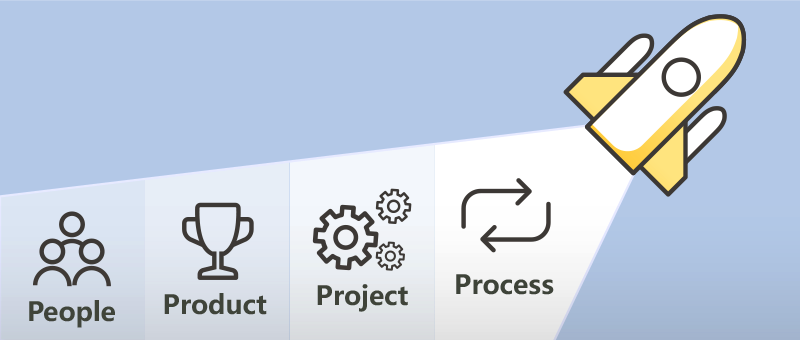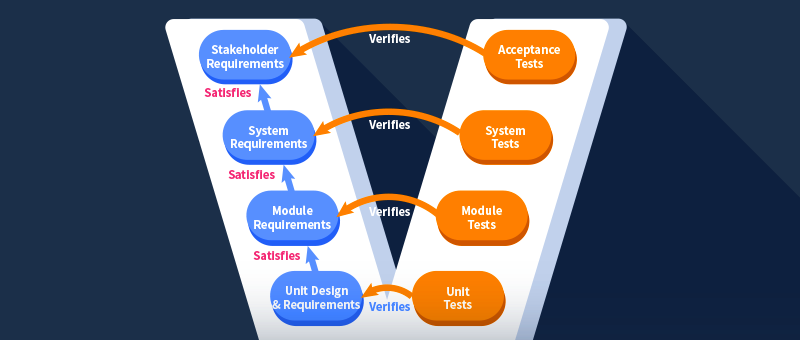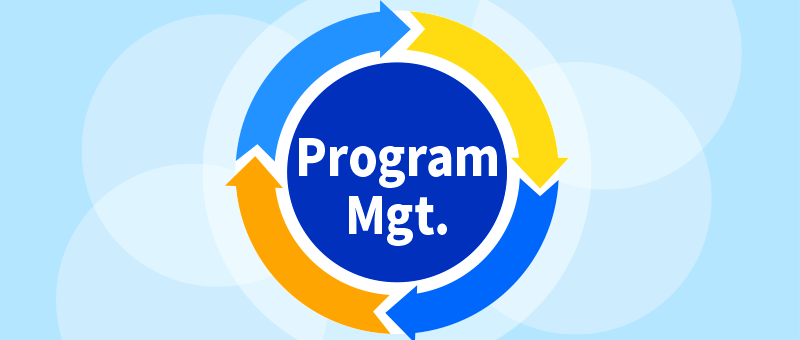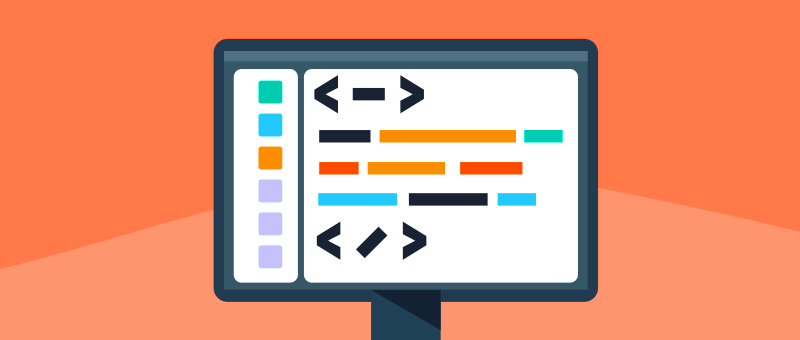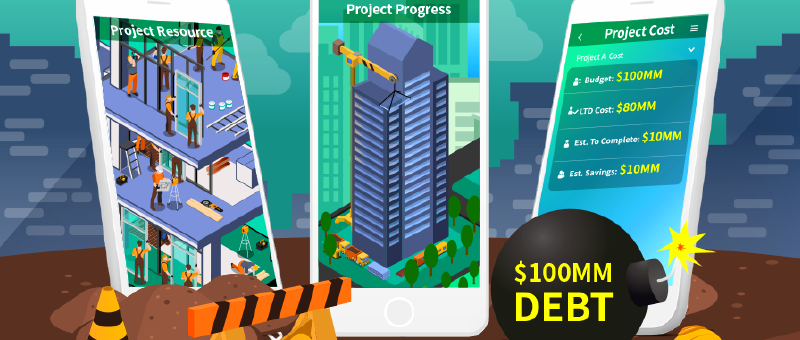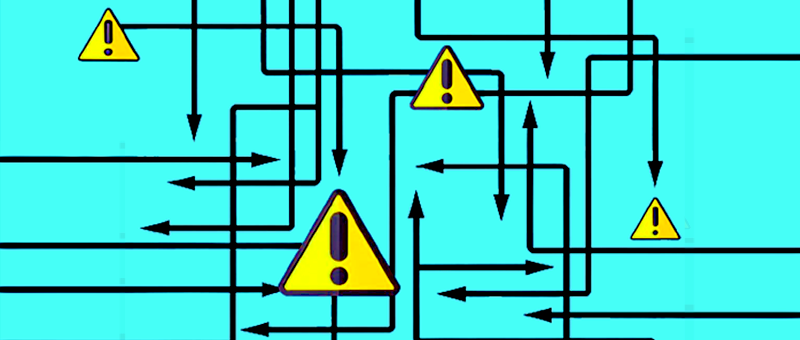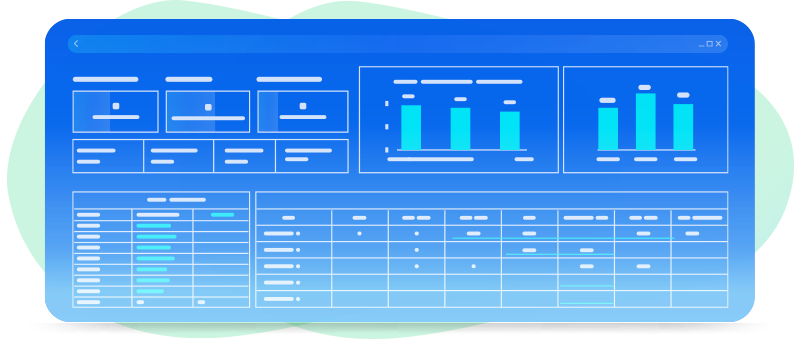
-
Project Portfolio Management
As Tom Peters said, all white collar work is project work, 8Manage PPM is a multi-project management facility that is suitable for the management of all kinds of work that aren’t organized as assembly lines.
8Manage PM can assemble a set of elements to a project and disassemble a project into a set of elements in real-time. Similarly, 8Manage PPM can assemble sets of elements to a program or portfolio and disassemble a program or portfolio into sets of elements in real-time. 8Manage PPM can align project elements with business objectives and strategies and meet time, resource and cost constraints and legal obligations at the same time. The granularity of visibility and control is important since a commitment is late one day at a time and a budget is overrun one item at a time. Being able to see the variance from the lowest level to the highest level in real-time time can possibly decide a portfolio’s success or failure.
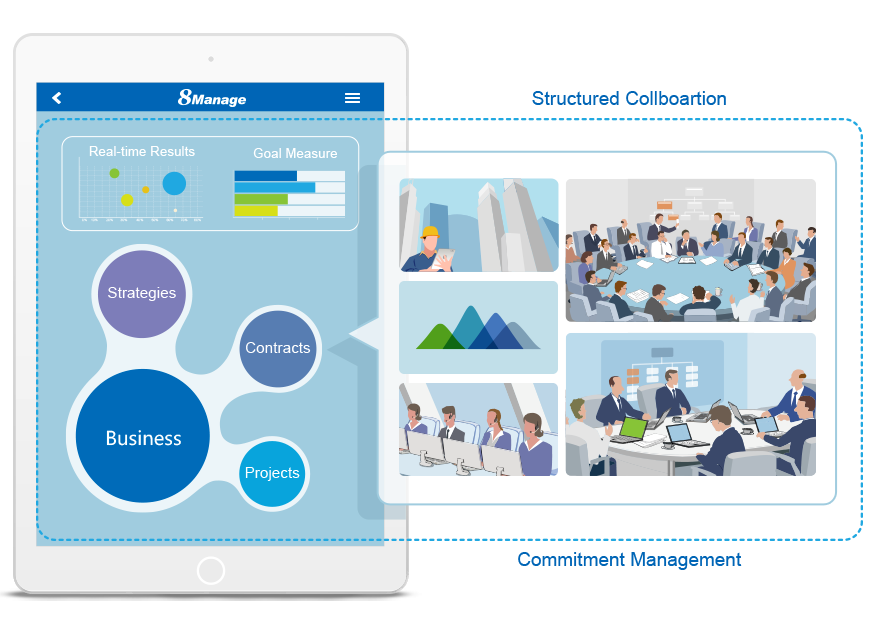
8Manage PPM has built-in sales, procurement and management accounting functions and can perform project-based sales and procurement and can compute and aggregate financial information to generate income statement, account receivable, account payable and cash flow reports in real-time.
When 8Manage PPM is used together with 8Manage CRM, one can perform pre-sales, sales or post-sales project management to ensure the underlying projects are aligned with the pre-sales, sales or post-sales objectives and strategies. 8Manage Professional Service Automation (PSA) is a special realization of how 8Manage PPM together with 8Manage CRM to form a specialized portfolio management for professional service business.
When 8Manage PPM is used together with 8Manage e-Procurement, one can perform pre-procurement, procurement and post-procurement project management to ensure the underlying projects are aligned with the pre-procurement, procurement and post-procurement objectives and strategies. 8Manage Total Outsourcing Management (TOM) is a special realization of using 8Manage e-Procurement and 8Manage PPM to form a specialized portfolio management for outsourcing programs.
-
8Manage Multi-project Management
8Manage PM can assemble a set of elements to a project and disassemble a project into a set of elements in real-time. Similarly, 8Manage PPM can assemble sets of elements to a program or portfolio and disassemble a program or portfolio into sets of elements in real-time. All functionality, such as structured collaboration, scope & requirements management, time management, dependency management, cost management, quality management, communication management, resource management, risk management, procurement management, issue management and change management, that is available in 8Manage PM (for single project management) is also available in 8Manage PPM (for multi-project management). 8Manage allows user-defined policies to disallow unwanted behavior and filter out erroneous input. In other words, 8Manage uses symmetry and computer speed to manage the essential complexity of multi-project management and policies to avoid accidental complexity in multi-project management as much as possible.
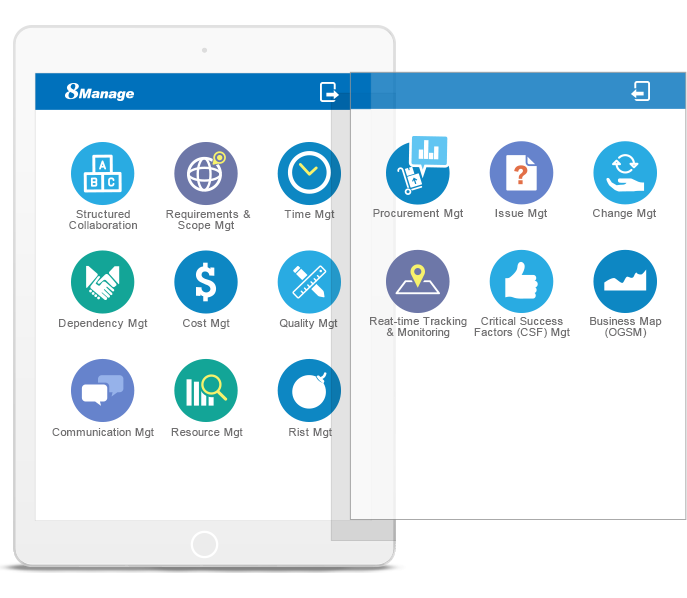
- Multi-project Structured Collaboration
- Multi-Project Scope & Requirements Management
- Multi-Project Time Management
- Multi-Project Dependency Management
- Multi-Project Cost Management
- Multi-project Quality Management
- Multi-project Communication Management
- Multi-project Resource Management
- Multi-project Risk Management
- Multi-project Procurement Management
- Multi-Project Issue Management
- Multi-project Change Management
- Multi-project Real-time Monitoring & Tracking
- Multi-Project Critical Success Factors (CSF) Management
- Multi-Project Business Map (OGSM)
-
Portfolio Management
8Manage PPM provides the following cross-project and cross-enterprise management facilities for business and strategy planning and execution:
-
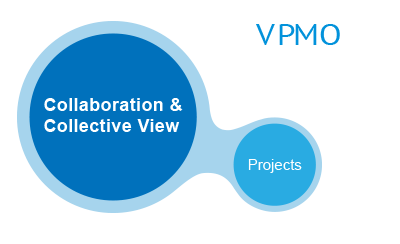
- 8Manage Virtual Project Management Office (VPMO) provides the management facility for the simplest form of multi-project management. It allows the user to managea collection of projects which have no common business objectives, constraints and controls.
8Manage VPMO allows the user to track and drill drown the following details of its underlying projects individually or collectively:
- Requirements
- Schedules
- Resources
- Deliverables
- Costs
- Changes
- Issues
- Risks
8Manage VPMO also provides the following dashboards for analysis or reporting purpose:
- Executive Attention
- Overall
- Cost
- Phase Info
- Resource
- Dependency
- Deliverable
- Risk
- Change Request
- Status Report
- Key Measures
-
Investment Attention
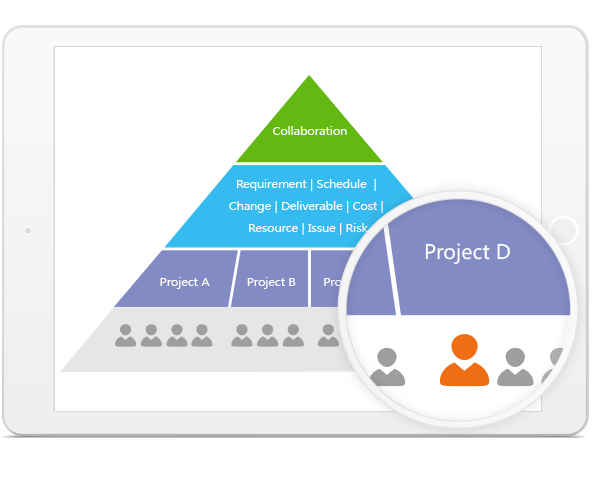
All tracking, drilling-down and dashboards are in real-time and based on centralized real-time data. For example, if multiple users are clicking the same command in the same VPMO at the same time, the exact same information will be displayed on their screens. If a deliverable was submitted by a team member sub-second before the manager is clicking to view the deliverable or its associated activity/project/VPMO, the up-to-date information (deliverable was submitted) will be displayed on the manager’s screen.
8Manage’s centralized real-time linked data provide the highest level of information integrity for managers to manage accountability.
-
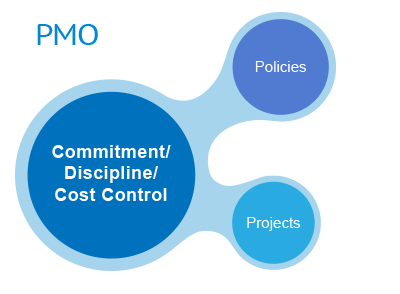
- 8Manage Project Management Office (PMO) provides the management facility for the low complexity form of multi-project management. 8Manage PMO allows the user to manage a collection of projects which have no common business objectives but have common constraints (e.g., time, cost) and controls.
8Manage PMO has all 8Manage VPMO functionality. In addition, 8Manage PMO allows the user to define the following to be used by all its underlying projects :
- Project phases
- Activity types
- Critical success factors
8Manage PMO also allows the user to define the following types of policies for the consistent management of all its underlying projects:
- Deliverable
- Timesheet & resource
- Finance & approval
- Earned value
- Reality check

8Manage PMO helps the user totally avoid the inconsistent use of terms and measures in projects that would lead to confusions and reinforce selected policies to control the consistent execution of the projects.
Using 8Manage PMO, the user can achieve the following for multi-project management:
- Better align projects with the goals that the user defined in the critical success factors (CSF
- Able to detect problematic projects at the earliest possible time
- More effective judgment and decisions due to better information
- More effective resource management (right people for the right jobs)
8Manage PMO provides the peer and management visibility to allow proper management of accountability and constraints in multi-project environment.
-
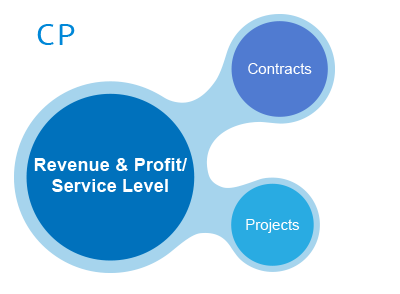
- 8Manage Contract Portfolio (CP) provides the management facility for the medium complexity form of multi-project management. 8Manage CP allows the user to manage a collection of projects which have common business objectives (revenue, profit) and common constraints (e.g., time, cost, service level) and controls.
8Manage CP supports the management of the following types of contracts:
- sales contract
- master sales contract
- procurement contract
- master Procurement contract
- bi-directional sales & procurement contract
And 8Manage CP also supports the management of contract’s underlying projects, revenues, costs, deliverables and service level agreements (SLA).
The common scenarios for using 8Manage CP include:
- Large and complex deal management (an order is a project)
- Major outsourcing program (multi-year service deliveries)
8Manage CP allows the tracking of the following:- Profitability
- Fixed assets
- Service Levels
8Manage CP provides the visibility and controls to allow proper management of incremental results to meet the business objectives and constraints.
-

- 8Manage Strategy Portfolio (SP) provides the management facility for the high complexity form of multi-project management. 8Manage SP allows the user to manage a collection of projects which must be aligned to supporting the higher level strategy and objectives for the business.
8Manage SP provides a goal-directed structure for you to plan and execute your strategy and sub-strategies. Under 8Manage SP Goal Directed Structure, your strategy, sub-strategies, contracts, projects, subprojects, activities, and deliverables are tightly linked. Their resources, costs, returns and KPI can be observed and aggregated in real-time. Using the 8thManage® Goal-Directed Structure, you can direct your strategy and sub-strategy execution without worrying about deviation and hidden bad-performance.

8Manage SP provides a prioritization and business attention facility to help:
- Prioritize projects
- Detect problematic projects
- Make “go” or “no go” decisions
8Manage SP provides an automated business forecasting capability to allow you to double check the schedule, revenue, cost, profit against the latest re-forecasts that have been reported.
For decision support, 8Manage SP allows the actual results of the strategy execution can be seen in real-time.
Being able to view strategy execution incremental results in real-time provides the highest level of decision support for the leaders, support for accountability management for the mid-level managers and support for self-management discipline for the working level.
-


